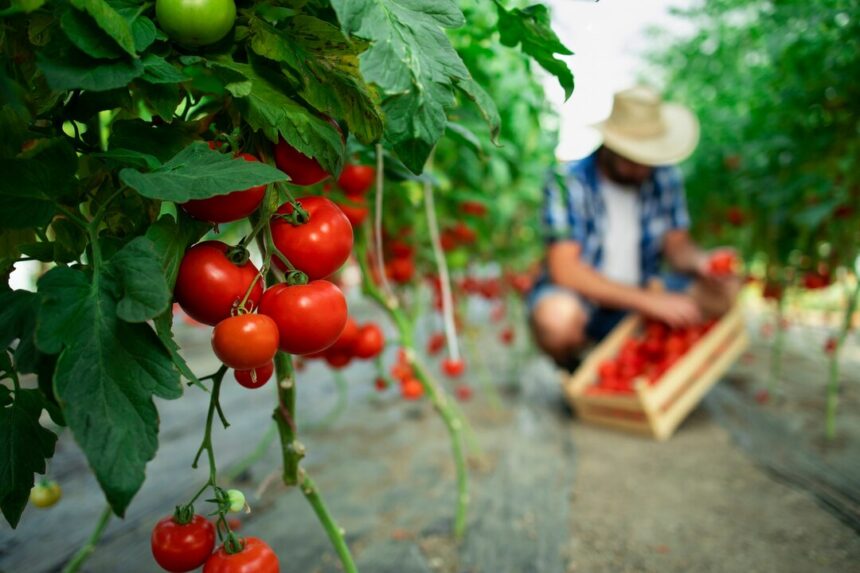Tomatoes are one of the most widely cultivated and consumed vegetables in South Africa, prized for their versatility, nutritional value, and economic importance. To meet the growing demand for tomatoes and ensure sustainable production, farmers must employ techniques that enhance both quality and yield. From soil management to pest control, here are several strategies that farmers in South Africa can implement to improve the quality and yield of tomatoes:
- Variety Selection: Choosing the right tomato varieties is essential for achieving high-quality yields. Select varieties that are well-adapted to the local climate and soil conditions, and have desirable traits such as disease resistance, high yield potential, and excellent flavor.
- Soil Preparation and Management: Proper soil preparation is critical for promoting healthy root development and maximizing tomato yield. Conduct soil tests to assess nutrient levels and pH, and amend the soil as needed with organic matter, compost, and fertilizers to ensure optimal fertility and structure.
- Crop Rotation: Rotate tomato crops with other unrelated crops to break pest and disease cycles, improve soil health, and prevent nutrient depletion. Rotate tomatoes with legumes or cereals to replenish soil nitrogen and reduce the risk of soil-borne diseases.
- Raised Bed or Container Gardening: Consider growing tomatoes in raised beds or containers filled with well-draining, nutrient-rich soil. Raised beds and containers provide better control over soil moisture, temperature, and fertility, resulting in healthier plants and higher yields.
- Mulching: Apply organic mulch, such as straw, grass clippings, or compost, around tomato plants to suppress weeds, conserve soil moisture, and maintain even soil temperature. Mulching also helps reduce soil erosion and compaction, resulting in healthier root systems and improved yield.
- Water Management: Tomatoes require consistent moisture throughout the growing season to prevent stress, blossom-end rot, and fruit cracking. Implement irrigation systems such as drip irrigation or soaker hoses to provide uniform moisture to the root zone and minimize water waste.
- Fertilization: Proper fertilization is essential for supplying essential nutrients to tomato plants and promoting vigorous growth and fruit development. Apply balanced fertilizers containing nitrogen, phosphorus, and potassium according to soil test recommendations or nutrient requirements based on crop stage and growth patterns.
- Pruning and Training: Prune tomato plants regularly to remove suckers, side shoots, and excess foliage, allowing for better air circulation, light penetration, and fruit development. Use trellises, stakes, or cages to support tomato plants and prevent sprawling, which can lead to fruit rot and sunburn.
- Pest and Disease Management: Tomatoes are susceptible to various pests and diseases that can significantly impact yield and quality. Monitor crops regularly for signs of pest infestations or disease symptoms, and implement integrated pest management (IPM) strategies such as crop rotation, biological controls, and the use of resistant varieties to minimize damage.
- Harvesting and Post-Harvest Handling: Harvest tomatoes at the appropriate stage of maturity to ensure optimal flavor, color, and shelf life. Handle tomatoes carefully to avoid bruising or damage during harvest, sorting, and packaging. Store harvested tomatoes in a cool, dry place away from direct sunlight to prevent spoilage and prolong freshness.
By implementing these techniques for enhancing quality and yield, farmers in South Africa can optimize tomato production and meet the demand for fresh, high-quality tomatoes in local and regional markets. With proper management and attention to detail, tomato cultivation can be a profitable and rewarding endeavor for farmers across South Africa.
Join 'Farmers Mag' WhatsApp Channel
Get the latest Farming news and tips delivered straight to your WhatsApp
CLICK HERE TO JOIN






